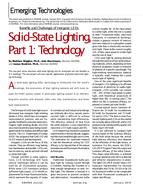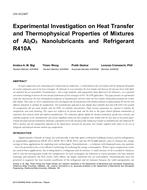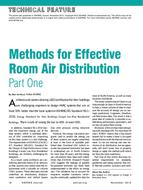The movement by electric utility companies to an increased emphasis on demand charge rates has prompted engineers to seek cooling systems for buildings which will reduce the buildings’ total electric demand profile during peak summer cooling loads. An example of how this can be achieved in arid climates through the use of indirect-direct evaporative cooling is presented for a 24,000 square foot office building in Denver, Colorado. The use of variable air volume with this concept is discussed and paybacks are analyzed.
The application of a plate-type air-to-air heat exchanger is discussed as it applies to indirect evaporative cooling. The heat transfer aspects of the evaporation on the metal’s “cooling tower†side and the resultant heat dissipation on its “dry†side are discussed in detail. Results of performance testing are presented showing effectiveness and pressure drop as functions of core geometry and air and water flow rates. Design characteristics such as materials of construction, maintenance requirements, and chemical treatments are reviewed. In addition, various system arrangements and applications are presented to allow a better understanding of the potential applications of indirect evaporative cooling.
Citation: Symposium Papers, Atlanta, GA, 1984
Product Details
- Number of Pages:
- 6
- File Size:
- 1 file , 470 KB
- Product Code(s):
- D-AT-84-03-2


